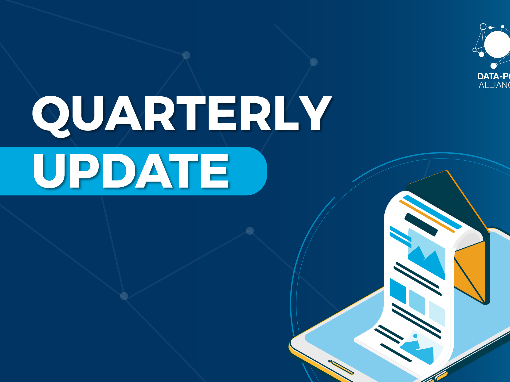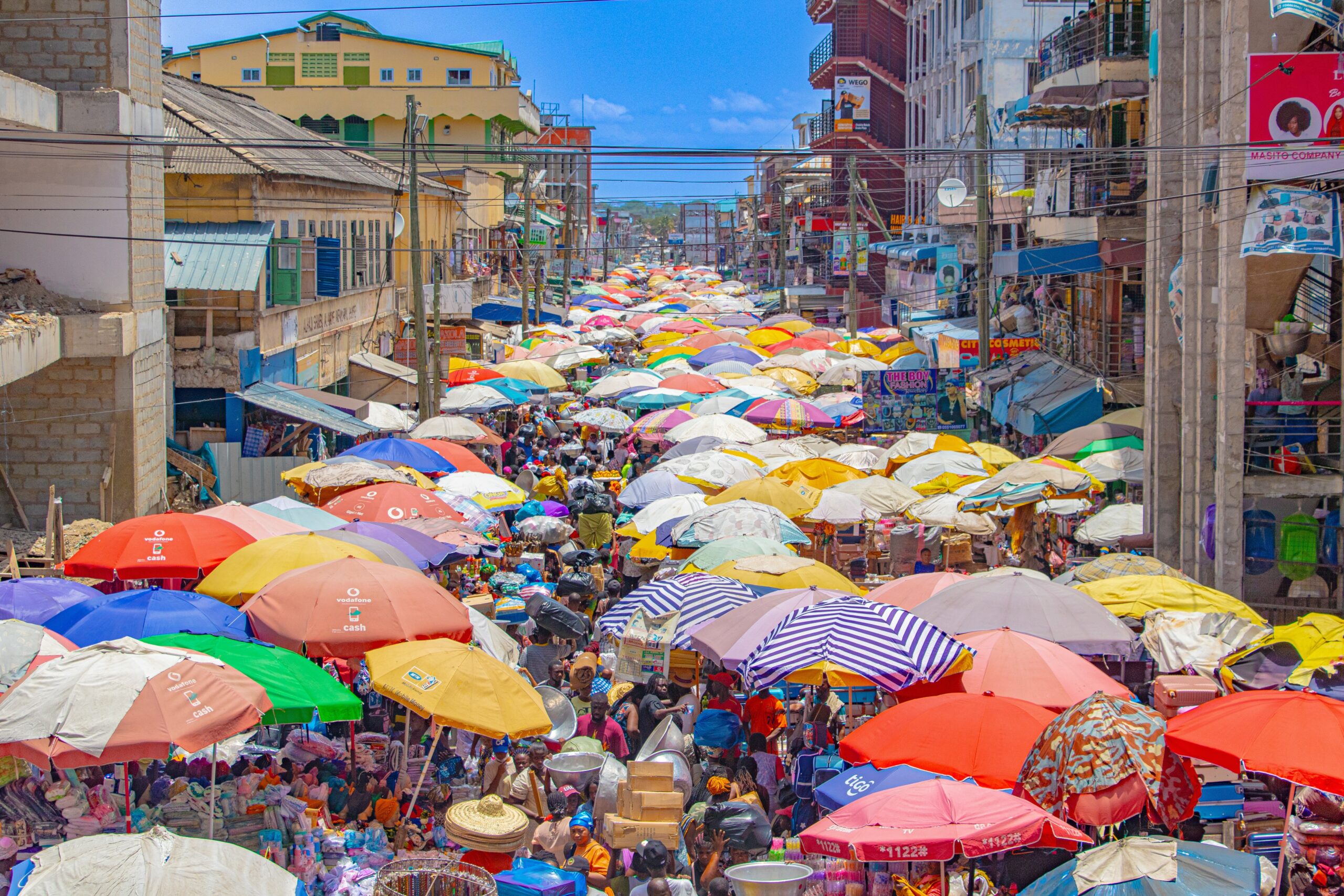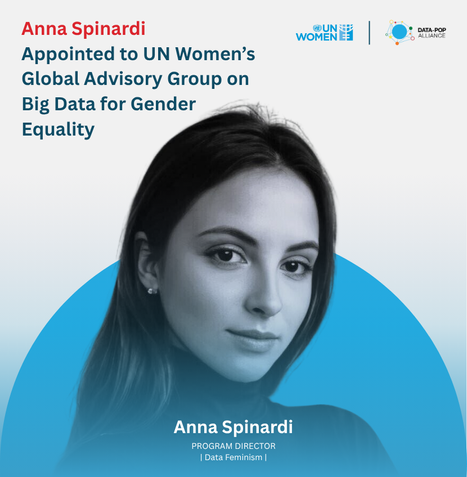DISCUSSION PIECE
Although I was born and raised in Mato Grosso do Sul, the Brazilian state which is home to the country’s second largest Indigenous reserve, it was only upon moving to the city of Dourados to pursue a degree in Psychology, that I fully comprehended the magnitude of the Dourados Indigenous Reserve (Reserva Indígena de Dourados, RID).
Defined by former Deputy Attorney General of the Republic, Deborah Duprat, as “the greatest tragedy known in the Indigenous issue worldwide“, the RID is one of the most striking examples of the deterritorialization imposed to Indigenous people in Brazil.
In this apartheid-like region, which authors have referred to as a compulsory “confinement” for decades, racism and segregation are ignored and treated as merely minor details within a landscape dominated by soy, corn, and cattle farming. Broadcasters compare Indigenous people to stray cats, while farmers expose them to agricultural pesticides. Job vacancies are openly advertised with explicit prohibitions against Indigenous applicants, and Indigenous individuals are arrested and not given access to interpreters. These are just a few recent examples, but the reality is far more brutal and explicit than can be conveyed in this brief overview. The centuries-old atrocities, spanning from religious persecution to massacres and slavery, defy simple depiction.
How was I unaware of these realities before moving to Dourados? How did I not know that the life expectancy for Indigenous people in my own state is just 34 years, in stark contrast to the 78 years for the general population? How did I not know that the Guarani, Kaiowá, and Terena people living in the RID have one the highest suicide rates of the country and one of the highest in the entire world?
The answer is plain, simple, and quite obvious. Privilege played a pivotal role in keeping me unaware of the struggles faced by Indigenous peoples. The government’s complete neglect of these issues at all levels—federal, state, and municipal—also contributed significantly to my own ignorance. Finally, the imposing walls of luxury condominiums and the extensive monocultural landscapes served to fully render these realities invisible and hidden from view.
And yet, the reality, as illustrated by just a few examples, is as cinematographic as a Tarantino movie—bloody, deadly, and shocking. To ignore it, one must be willing to do so. My familiarity with this region and my involvement in research and projects on indigenous health has compelled me to reflect deeply on these issues. Here, I present some of the thoughts that have preoccupied me for a long time, with the hope that they will also prompt reflection and action in others.
Sexual and Reproductive Health and Rights (SRHR): It's Time we Listen to the Needs of Indigenous Women
Adding to these challenges is a substantial gap in data regarding Indigenous women’s reproductive health, including a dearth of public governmental data and underreporting. This absence hinders the formulation of evidence-based policies that could lead to transformative change in local healthcare institutions and contribute to the global discussion on OV. Without a comprehensive understanding, how can we effectively advocate for change?
One of the few studies that challenge the lack of data about Indigenous women is the Fiocruz Nascer no Brasil (2022) which mapped the state of affairs of SRHR in Brazil. In this report, Indigenous women constituted only 0.7% of the sample, but emerged as the predominant users of the public health system: 64.4% of all Indigenous women used public services during birth delivery. In contrast, only 28.24% of white women utilized public health services.
Another study by Fiocruz (2019) showed that only 16% of pregnant Indigenous women attended the minimum number of prenatal appointments—seven or more. This is 73% less than the Brazilian average. Moreover, 2 out of every 3 Indigenous women do not begin their prenatal guidance at the recommended time and only between 40-50% undergo crucial exams. Indigenous women also have the highest maternal mortality rates and miscarriages. In the state of Mato Grosso do Sul, the maternal mortality ratio (MMR) for Indigenous women aged 30 to 39 was 651 deaths for every 100,000 births, four times higher than the ratio for white women in the same age group (Pícoli, Cazola, & Lemos, 2017). In a more recent study (2014), it was found that Brazilian Indigenous women had a significantly higher MMR (115.14/100.000), than their non-Indigenous counterparts (66.92/100.000).
While having access to these data may appear promising to develop evidence-based policies and actions, it is essential to note that none of it not specifically measures OV against Indigenous women. The absence of validated tools to gather such information adds an additional layer of complexity to this issue, increasing the difficulty to accurately assess its prevalence (Leite, 2020).
While statistical data may be limited, my experience in Guateka has revealed three pivotal factors essential to comprehending OV against Indigenous women. Firstly, linguistic barriers present significant obstacles in hospital settings, impeding these women from articulating their preferences, needs, or even making complaints regarding any violence they may encounter. Secondly, racial stereotypes and prejudices, such as the pervasive notion that ‘Indigenous women should exclusively opt for natural births’, exacerbate harm. Lastly, the prevalent biomedical perspective adopted by healthcare professionals perpetuates the marginalization of traditional Indigenous healthcare practices.
Behind the Disparities: Social Determinants of Health
The risk factors contributing to Maternal Mental Health (MMH) disorders are complex and disproportionately affect communities facing systemic inequities, particularly ethnic and racial minorities. Racism stands out as a prominent SDoH (Paradies, et al., 2015; Ramsoondar, Anawati & Cameron, 2023), greatly impacting the life Black and Indigenous Brazilian women seeking healthcare. To further clarify this point, it is crucial to note that chronic stress stemming from experiences of racism serves as a major risk factor for MMH disorders. Individuals subjected to racism often endure heightened levels of trauma throughout their lifetimes, which collectively contributes to worse mental health outcomes during the prenatal, birthing, and postnatal periods.
Traumatic events like premature birth, prolonged hospitalizations, birth trauma, and OV substantially heighten the likelihood of MMH disorders, with the most prevalent being: postpartum depression (PPD), affecting approximately 20% of new mothers; postpartum anxiety (PPA), impacting around 16% of mothers; postpartum PTSD, affecting roughly 4%; and postpartum psychosis, affecting approximately 1%. Alarmingly, during the postpartum period, suicide emerges as the leading cause of maternal mortality, accounting for 20% of these fatalities. However, these statistics are general and often not broken down by race or specific to the Brazilian context. This raises another important question: How do Indigenous women experience maternal mental health issues, and what role does OV play in their experiences?
Unfortunately, we don’t have definitive answers to these questions. The issue is complex, influenced by numerous factors, and compounded by the lack of research specifically focused on Indigenous Mental Health in Brazil. This area remains largely neglected despite Indigenous peoples’ vulnerability, further exemplified by the fact that the suicide rate among indigenous people is 17.57 per 100,000, an alarmingly high figured compared to 6.35 per 100,000 among the general population.
The WEIRD Problem and the Gender Health Gap
This lack of research on Indigenous mental health is part of a larger problem known as the WEIRD problem. Coined by Henrich and colleagues in 2010, the term originally highlights how behavioral scientists often publish broad claims about human psychology based on samples from Western, Educated, Industrialized, Rich, and Democratic (WEIRD) societies. Researchers tend to assume that either there is little variation across human populations or that these “standard subjects” are representative of humanity as a whole.
However, the WEIRD problem has since been broadened by various researchers to criticize not only limited sampling but also the lack of methodological diversity and theoretical scope. While it doesn’t directly explain the dearth of understanding regarding Indigenous women’s MMH, it is a crucial aspect of the issue. Psychological research must move beyond and start truly accounting for different cultural and racial perspectives—essential not just in behavioral studies but also in health psychology.
Another significant issue is the Gender Health Gap. A recent report from the McKinsey Health Institute (2024) revealed that research funding for women’s health issues is significantly lower. According to Imperial College London, less than 2% of medical research funding is allocated to pregnancy, childbirth, and female reproductive health.
The Path Forward
In the intersection of mental health and SRHR, to comprehend the uniqueness of Indigenous women’s experience, it is vital to consider the intersections of privilege and oppression that directly impact their lives. Effectively addressing this multifaceted issue and bridging existing research, policy and practice gaps requires collaborative, interdisciplinary efforts, but these alone are insufficient.
Psychology must undergo a process of unlearning many of its Eurocentric practices and learn Indigenous knowledge with humility. To achieve this, we must first acknowledge and actively engage with Indigenous communities—rejecting the tendency to overlook them or dismiss their inclusion in research due to “sample size limitations”. Our perspective on mental health must encompass the diverse Indigenous conceptions of well-being, such as the Teko Porã (“Bem Viver” in Portuguese, or “Good Living” in English).
In other words, It’s time for the mental health field to journey towards ancestral wisdom.
About the author: Bárbara Battistotti is a Project and Research Officer with Data-Pop Alliance’s Data Feminism Program. She is from and currently resides in Brazil.






![M002 - Feature Blog Post [WEB]](https://datapopalliance.org/wp-content/uploads/2025/10/M002-Feature-Blog-Post-WEB.png)






